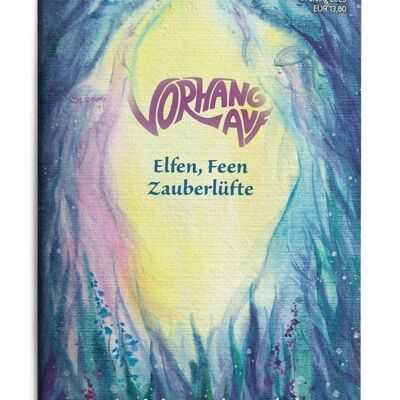


CURTAIN UP Issue 136 Book and writing People write all over the world and every type of writing looks different. But how did people come to write in the first place, and how did writing develop? In this issue, our experts Emil and Philippa, who know almost everything, go on a research trip again and explain the connections to us. For everyone who has always wondered how a magazine like Curtain Up comes about and how you could design one yourself, here is the answer. Because, strictly speaking, you just have to read with an open heart and lots of good ideas will come. We meet Johannes Gutenberg, who printed the first book with movable type and laid the foundation for today's printing. The children's reporters introduce the printing shop where curtains are printed. This works completely differently than with Gutenberg. If you like, you can practice writing something particularly beautifully or in Cyrillic or Greek letters on the craft sheet. How do people read who can't see? It's not that easy - we can try it here. To send a very secret message, you need a special font. We show what tricks there are and how we can develop a cipher. The prize puzzle is also very mysterious and needs to be deciphered. (Our prize puzzles are always a challenge for readers, even when the deadline for entries has passed.) Finally we get to know a farmer who read a book that has everything in it and who even became an advisor to the king. The removable parent addresses the question of whether it makes sense to still write by hand in the digital age, what “occult writings” want to tell us and why the Davis Method does not view dyslexia as an illness but as a gift. In the reading tips we present many valuable children's and young adult books. Curtain up on the world of beech sticks, black art and the magic of books!























